Content by SDSU Extension
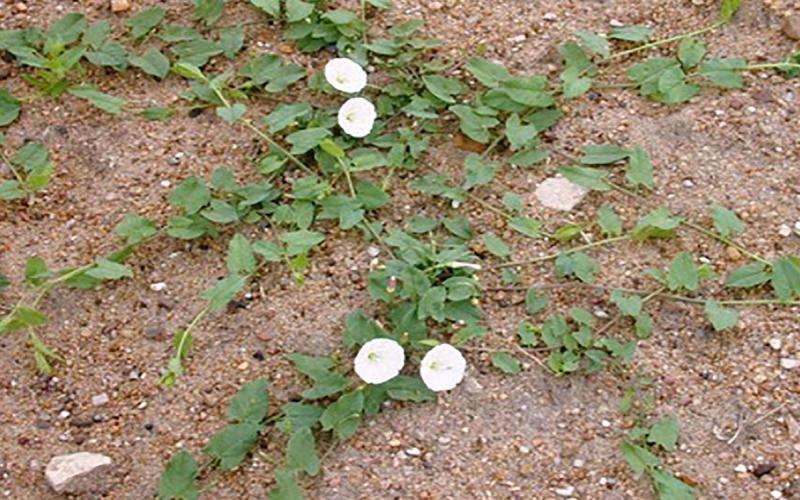
Field Bindweed Control in Yards and Gardens
Field bindweed is one of the most-serious weed problems in South Dakota. Learn some tips for identifying, managing and controlling this invasive weed in your yard and garden before it becomes an issue.
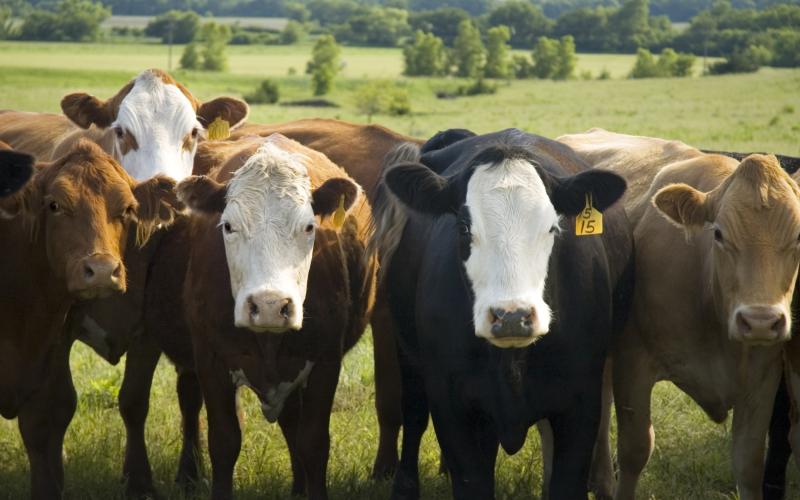
Concentrated Animal Feeding Operations Training set for June 30
June 08, 2021
An environmental training session for operators of concentrated animal feeding operations (CAFOs), will be held Wednesday, June 30 in Huron at the Crossroads Convention Center.
SDSU Extension to Host Small Grain Variety Tours
June 08, 2021
On June 17, South Dakota State University Extension will kick off its annual statewide Small Grain Variety Tours in Ideal.
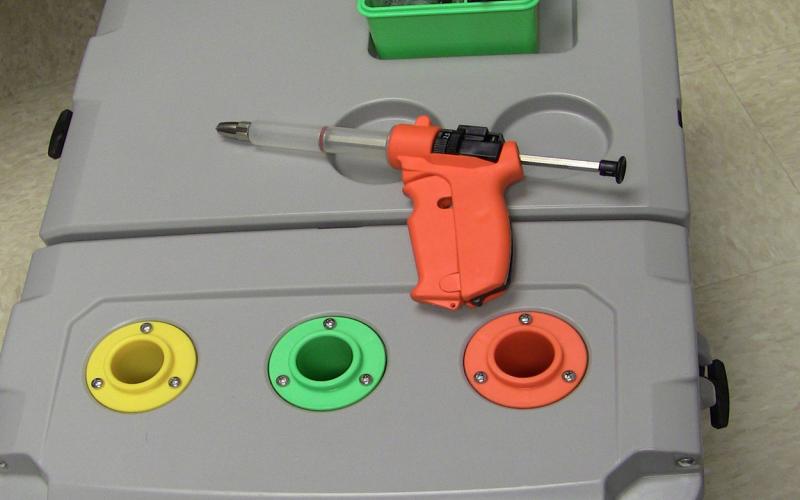
Management Tips for Vaccines and Injectables
A good herd health plan involves both a vaccination program and treatment plan developed with your veterinarian. The ultimate success of a vaccination program depends on how we handle and administer vaccines to our animals.
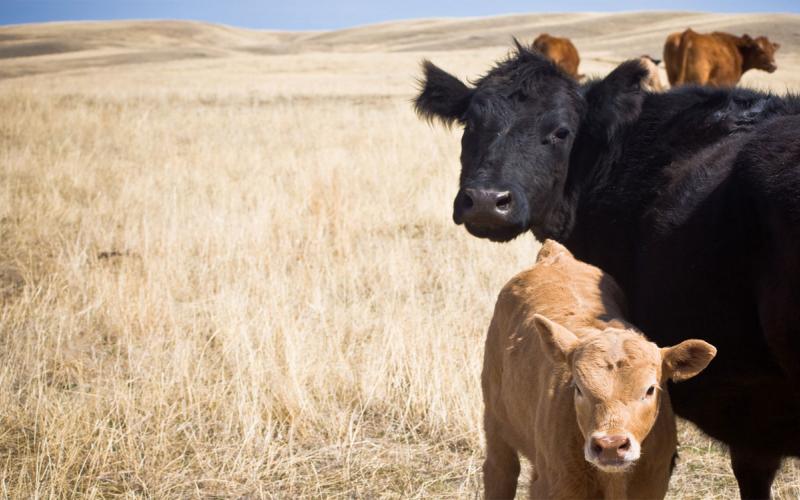
Planning for Breeding Season in Dry Conditions
Drier-than-normal conditions present added stress to producers and their herds in preparation for breeding season. During this critical period, producers should focus on making sound management decisions to maintain performance and profitability.
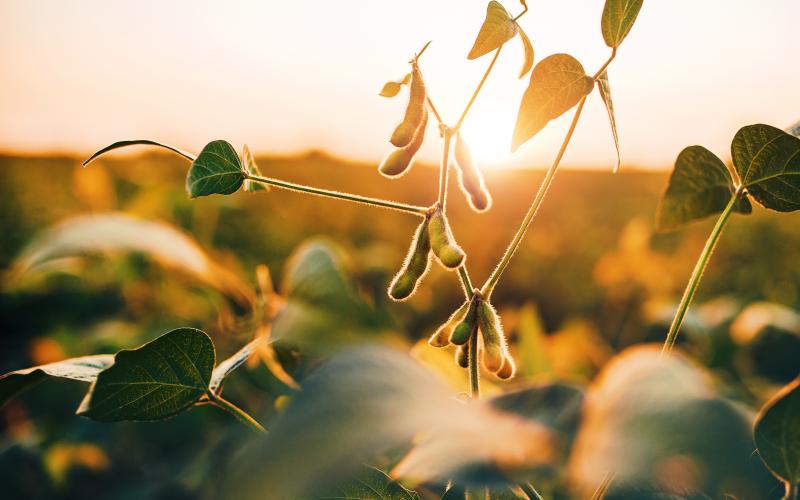
Next 'Notes from the Field' Webinar to be held June 4
June 01, 2021
South Dakota growers and agribusiness professionals are invited to join soybean research and Extension specialists from land-grant universities across the country as they host the monthly webinar series, "Science for Success: Notes from the Field."

SDSU Extension Dairy Field Specialist Tracey Erickson to Retire
October 15, 2021
After 31 years of providing education and service to South Dakota livestock producers, South Dakota State University Extension Dairy Field Specialist Tracey Erickson has announced her retirement. Her last day is June 21.
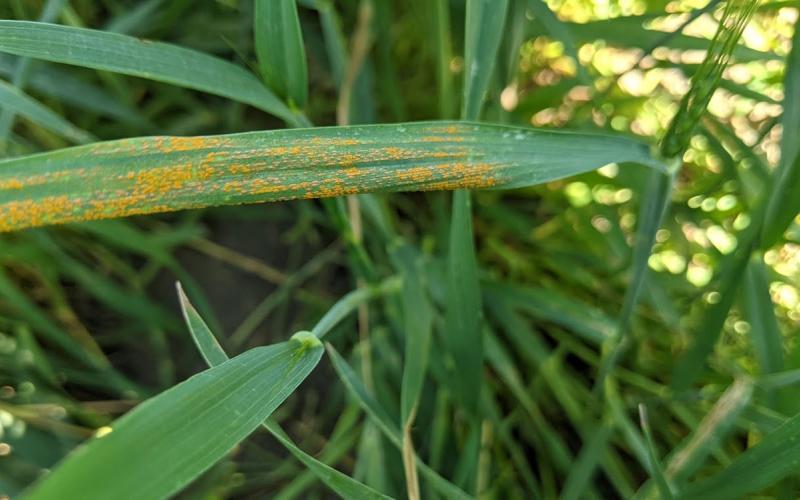
Stripe Rust Starting To Develop in Winter Wheat
Stripe rust was found in a few winter wheat fields scouted this week. The presence of a few plants with stripe rust indicates there is inoculum of this pathogen in the state.
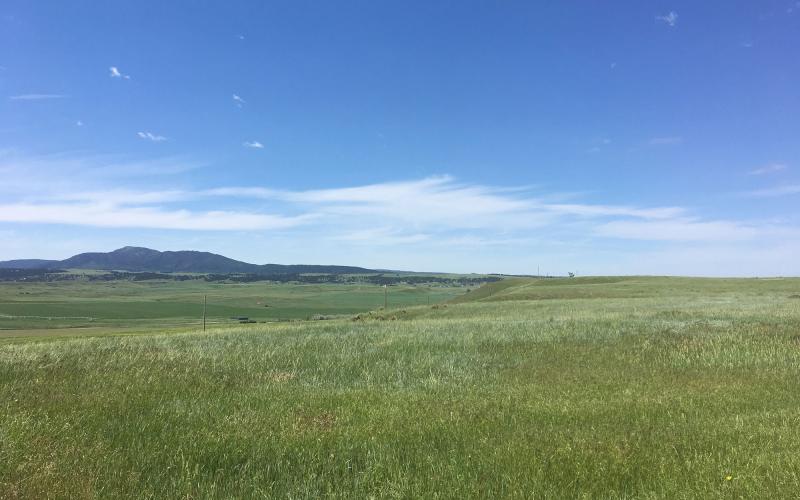
'Good, Bad and Invasive Plant Tour' set for June 3
May 28, 2021
This year's tour will take place on June 3 from 9 a.m. to 3 p.m. (CST) at Sica Hollow State Park near Sisseton.
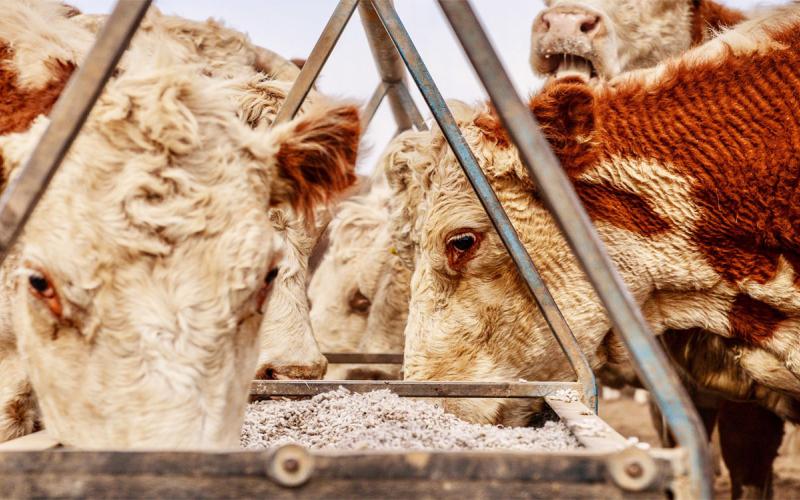
Livestock Tools for Managing Through Drought
As drought conditions continue, ranchers are faced with making some difficult decisions. South Dakota State University Extension offers multiple tools and resources that can be used to help make the best management decisions for your operation.